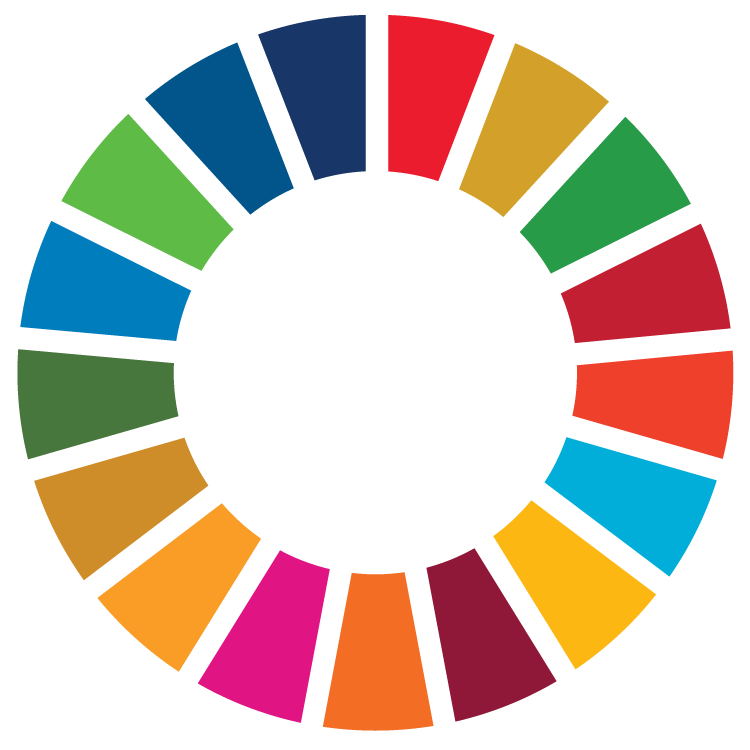Baltic Marine Environment Protection Commission
The Baltic Sea is a young sea, and is one of the world's most extraordinary, for the beauty and variety of the marine environment and its surrounding landscapes.
Since the last Ice Age, these waters have, at different times, been a wide strait, a large bay, a lake and now an inland sea connected to the open ocean only by narrow straits. Water exchange with the open ocean is slow, and salinity varies considerably both between different areas and over time.
Nevertheless, the Baltic Sea is home to many species of plants, animals and microorganisms in a great variety of different habitats. However, many of these species are at risk from human activities, and some fish populations are now thought to be at dangerously low levels. Among the main threats are:
- Eutrophication, primarily caused by excess nitrogen and phosphorus in the water
- Pollution by hazardous substances such as pesticides, heavy metals and industrial waste
- Input of continuous anthropogenic sound
- Habitat destruction
- The use of harmful fishing equipment
- The introduction of non-indigenous species
In 1974 the Baltic Sea coastal states — at the time Denmark, Finland, the German Democratic Republic (GDR), the Federal Republic of Germany (FRG), Poland, Sweden and the Union of Soviet Socialist Republics (USSR) — signed the Convention on the Protection of the Marine Environment of the Baltic Sea Area, commonly known as the Helsinki Convention. It entered into force on 3 May 1980.
The Convention was updated to its current format in 1992, expanding to include ten Contracting Parties: Denmark, Estonia, the European Union, Finland, Germany, Latvia, Lithuania, Poland, Russia and Sweden and entering into force on 17 January 2000.
The Convention is governed by the Baltic Marine Environment Protection Commission – also known as the Helsinki Commission or HELCOM. The Helsinki Commission meets annually, in addition to the bi-annual meetings of the Heads of Delegation. The highest decision-making body in HELCOM is the Ministerial Meeting, taking place every three years.
The eight HELCOM Working Groups develop recommendations, policies and strategies related to the protection of the marine environment and sustainable maritime activities, for which the numerous Expert Groups provide scientific input.
The HELCOM Secretariat, which is based in Helsinki, Finland, coordinates the work and meetings of the Helsinki Commission.
 The Baltic Sea Action Plan (BSAP), adopted by the HELCOM Contracting Parties in 2007 and updated in 2021, is HELCOM’s strategic programme of measures and actions for achieving good environmental status of the sea by 2030.
The Baltic Sea Action Plan (BSAP), adopted by the HELCOM Contracting Parties in 2007 and updated in 2021, is HELCOM’s strategic programme of measures and actions for achieving good environmental status of the sea by 2030.
In 2003 a HELCOM Ministerial Meeting decided that all HELCOM actions must be based on an “ecosystem approach” to the management of the human activities.
With around 1500 larger vessels sailing in its waters at any given time, the Baltic Sea is one of the busiest shipping routes in the world and it remains under constant threat from maritime pollution incidents.
See information on:




